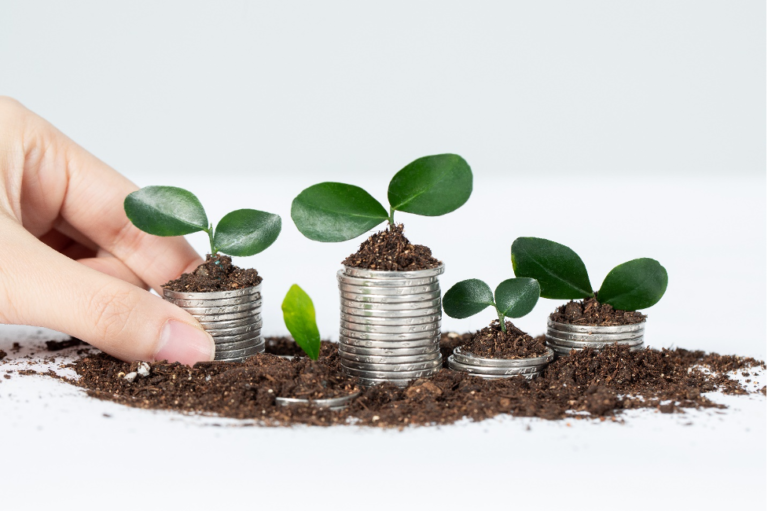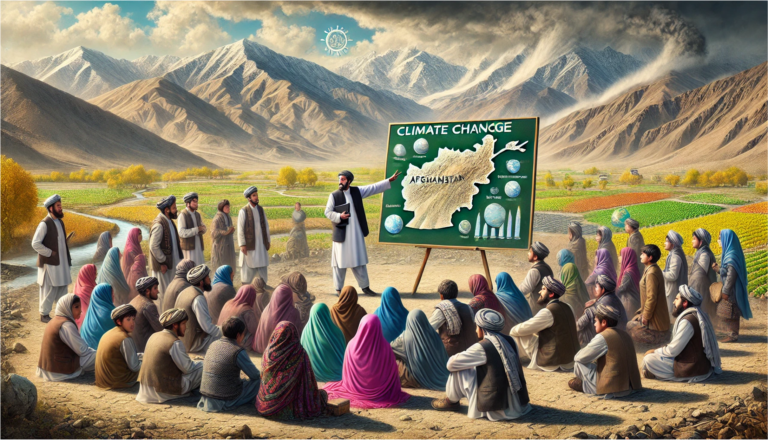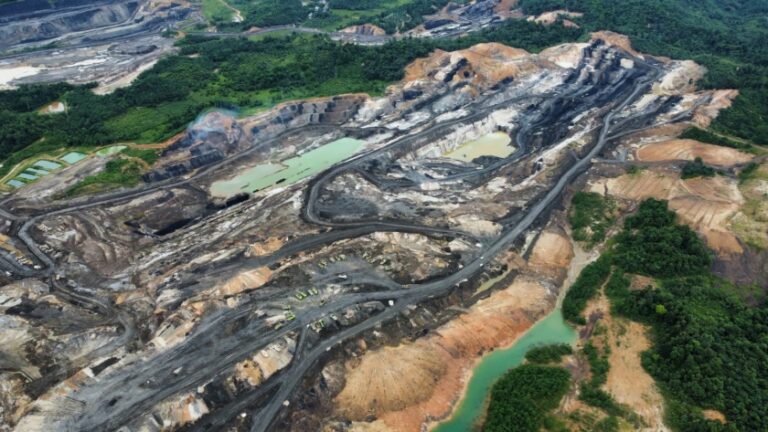The global push for energy transition is changing how nations produce and use energy. For ASEAN, this shift is necessary to address climate change and build a sustainable future. However, it could increase social inequalities if not carefully managed. To navigate this challenge, the ASEAN Member States have jointly established ambitious energy transition goals: achieving 23% renewable energy in the primary energy supply and 35% in installed capacity by 2025, along with plans for decarbonization by 2050 and 2060. As ASEAN prepares for Phase III of its ASEAN Plan of Action for Energy Cooperation (APAEC) for 2026 – 2030, it is crucial to ensure that inclusivity and equity are prioritized. This includes integrating Gender Equality, Disability, and Social Inclusion (GEDSI) into energy policies.
The Need for a Just Transition in ASEAN
A just transition means ensuring social justice while moving to clean energy. This approach is crucial to limit economic and social harm caused by moving away from fossil fuels. ASEAN countries heavily rely on coal and other non-renewable energy sources, which support jobs and local economies. Without plans to support workers and communities, these changes could create serious hardships.
Women, in particular, often face disproportionate impacts during energy transitions. As primary caregivers and significant contributors to household management in many ASEAN societies, women are more vulnerable to economic and social disruptions. For example, job losses in fossil fuel industries can strain household finances, amplifying gendered burdens. In rural areas, women may also bear the brunt of energy poverty, where limited access to clean energy sources affects their daily activities and well-being.
The region’s economic diversity and social differences make implementing a one-size-fits-all framework difficult. Without policies tailored to each country’s needs, vulnerable groups—including women, persons with disabilities, and low-income communities—are at risk of being left behind.
Gaps in APAEC Phase II Document
The APAEC phase II: 2021-2025 presents a comprehensive framework for enhancing energy cooperation within the ASEAN region. However, it notably lacks explicit integration of GEDSI considerations, which are essential for ensuring a just energy transition. One significant gap in the document is the absence of any mention of gender equality or social inclusion. The strategies outlined do not address the participation of underrepresented groups, including women and marginalized communities, in the development and implementation of energy policies. This oversight risks perpetuating existing inequalities and failing to leverage the diverse perspectives that these groups bring to energy planning and decision-making.
Furthermore, while the APAEC does include public engagement strategies, it falls short in highlighting inclusivity measures. There is little emphasis on ensuring that consultations are accessible to women, persons with disabilities, and other marginalized communities, which limits their ability to participate in discussions that affect their lives. Effective public engagement should actively involve these groups and ensure that their needs and voices are considered in energy programs.
Another critical issue is the absence of gender-responsive indicators within the APAEC scoring system. This system lacks metrics for measuring progress toward gender equality and social inclusion, making it difficult to assess the effectiveness of energy initiatives in benefiting all members of society. Without these indicators, it becomes challenging to track advancements in equity or identify areas needing improvement.
Moreover, the document does not address workforce inclusivity in the energy sector. Promoting diversity and creating opportunities for women, youth, and persons with disabilities are crucial steps toward a more equitable energy landscape. By neglecting to discuss these aspects, the document misses an opportunity to foster a workforce that reflects the diversity of the communities it serves.
Recommendations for Mainstreaming GEDSI
ASEAN needs to take a stronger and more practical approach to integrating GEDSI into APAEC Phase 3. The APAEC should integrate gender-responsive and socially inclusive policies throughout all program areas, ensuring that the diverse needs and perspectives of various groups are considered in energy planning and implementation. This approach not only promotes equity but also enhances the effectiveness of energy initiatives by fostering broader community engagement. Furthermore, the development of specific indicators to monitor GEDSI outcomes is crucial. By tracking metrics such as the participation rates of women and marginalized groups in energy programs, stakeholders can gain a clearer understanding of progress toward inclusivity. These indicators will serve as benchmarks, allowing for the assessment of how well energy initiatives are meeting the needs of all community members and identifying areas that require additional focus or improvement. This data-driven approach will support more informed decision-making and foster accountability in achieving a just energy transition.
Another critical step is to ensure that marginalized groups are actively engaged in the policy development process. This includes consulting with communities, workers, and underrepresented groups to ensure their concerns are heard and addressed. Engaging these stakeholders will lead to more inclusive and effective policies that consider the real challenges faced by those affected by the energy transition.
Stronger collaboration among ASEAN member states is also essential to ensure GEDSI integration across the region. Sharing best practices, harmonizing policies, and pooling resources can amplify the effectiveness of GEDSI-related initiatives. For instance, countries with successful models of workforce transition or community engagement can provide valuable insights to others, fostering regional solidarity and consistency.
Additionally, ASEAN should create comprehensive job transition programs to support workers moving from traditional energy sectors to renewable energy jobs. These programs should include targeted training and education initiatives, with particular attention to involving women and other underrepresented groups to ensure equal opportunities. Recognizing the significant role of the care economy, policies should also support caregiving responsibilities, which often fall disproportionately on women. For example, providing affordable childcare and flexible work arrangements can enable more women to participate in the renewable energy workforce.
Finally, supporting community-led renewable energy projects is vital for fostering local ownership and empowerment. These initiatives should include diverse voices in their planning and implementation, ensuring that all community members benefit from the transition to clean energy.
References:
ASEAN Centre for Energy. (2020). ASEAN Plan of Action For Energy Cooperation (APAEC) 2016-2025. https://aseanenergy.org/publications/asean-plan-of-action-for-energy-cooperation-apaec-phase-ii-2021-2025/
Oxfam in Asia. (2024). Promoting A Gender-Just Energy Transition In ASEAN. https://oi-files-cng-v2-prod.s3.eu-west-2.amazonaws.com/asia.oxfam.org/s3fs-public/SIGNED%20OFF%20OXFAM%20CANSEA_Gender%20Briefing%20Paper_FINAL_2024Oct3.pdf?VersionId=jblgUK7qtx6r3mqkmqfRhJO4fMFmI6b8









+ There are no comments
Add yours